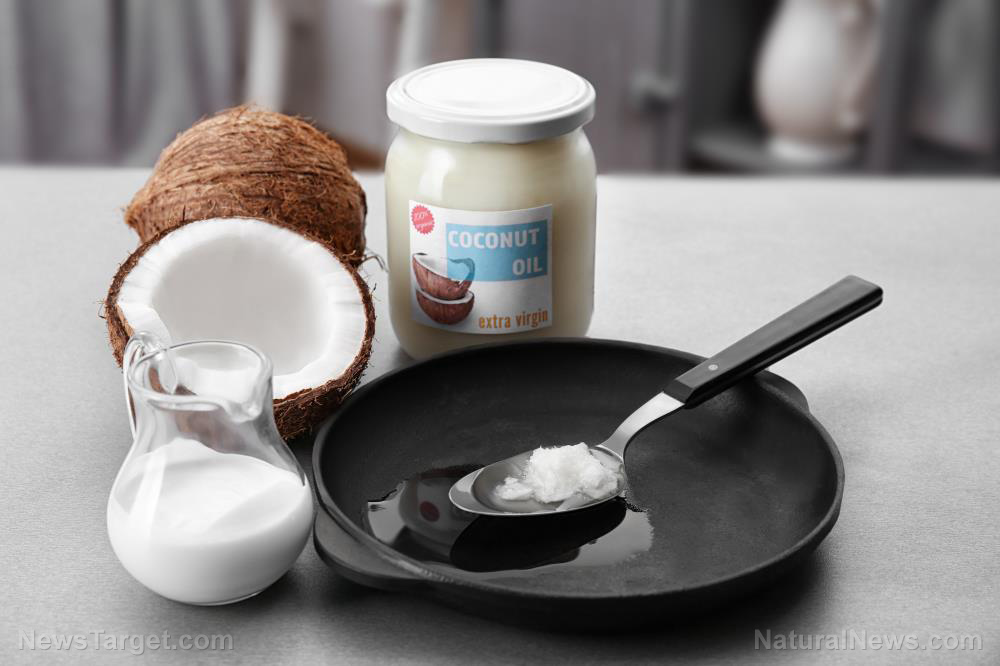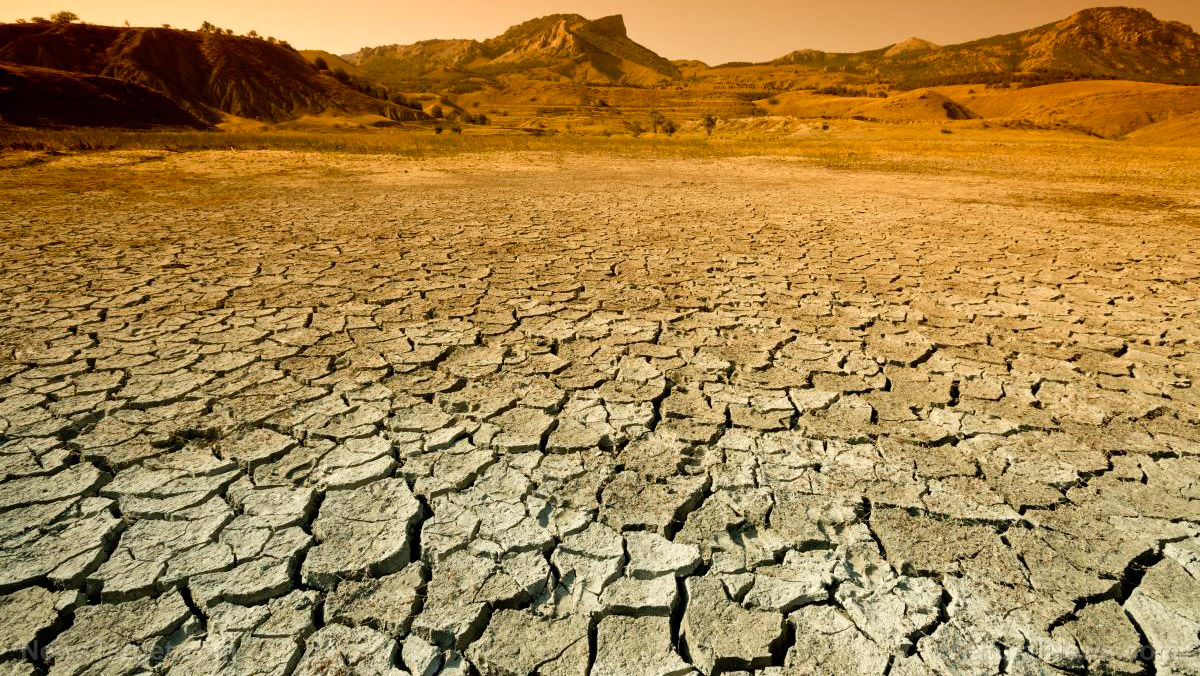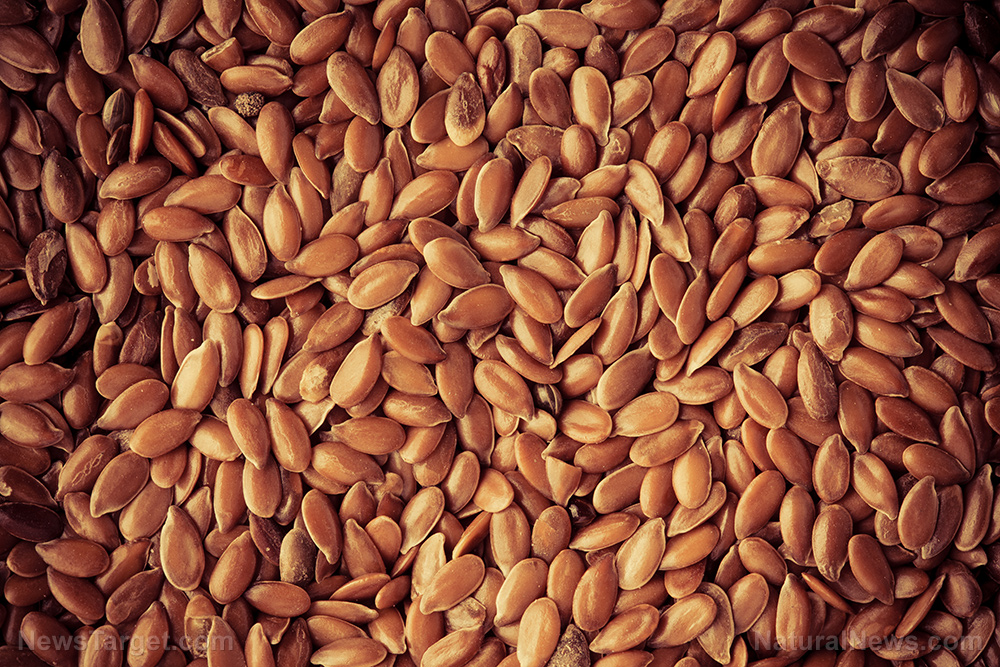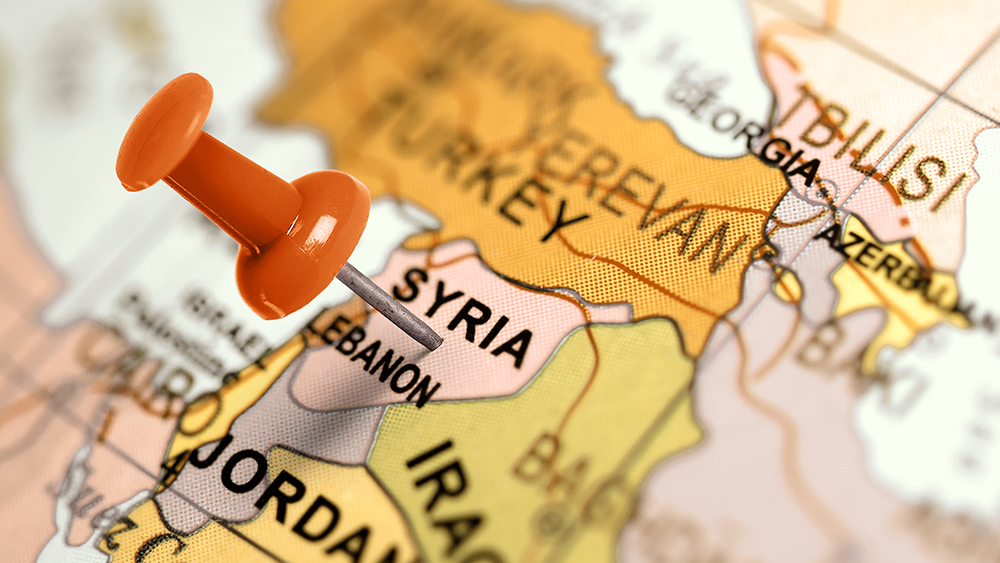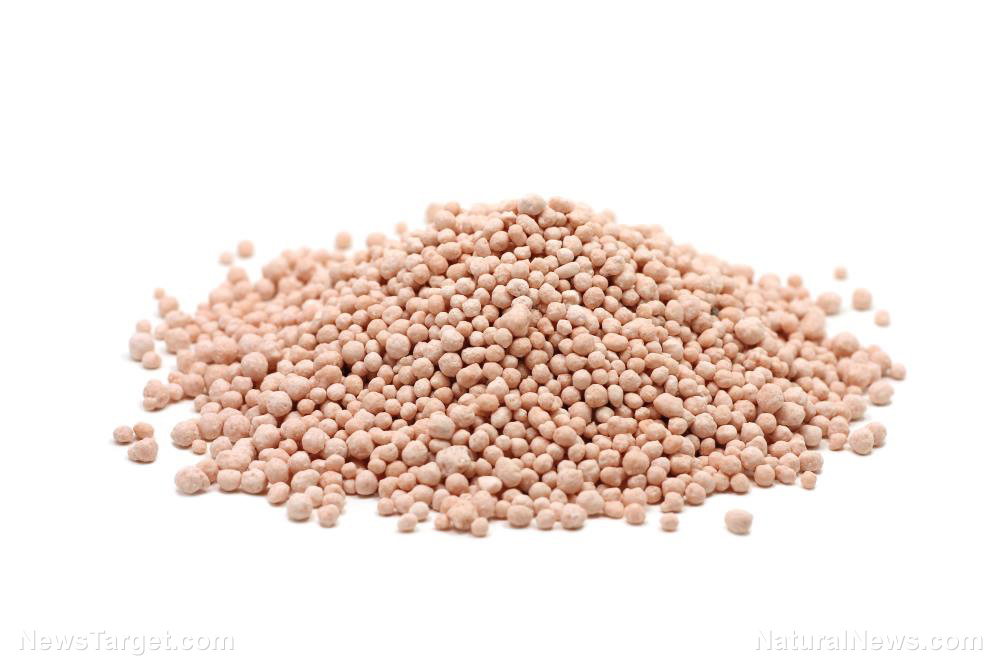
What is potassium permanganate?
Potassium permanganate was first developed as a disinfectant in the mid-1800s. Since then, it has been widely used in laboratory and chemical industry settings. It is especially useful because it is a powerful oxidizer and also has potent antiseptic properties. Potassium permanganate appears as a crystal, which is similar in size and shape to coarse salt. This compound comes in a deep, purple color. When dissolved in water, it will take on a purple, pink or almost black color depending on the concentration. And despite its strong oxidizing characteristics, potassium permanganate doesn't create toxic byproducts. This is also why it's widely used in medicine and in the production or refinement of other chemicals. Potassium permanganate is generally considered safe as far as strong oxidizers go. When it comes into contact with skin, it will leave a brown stain that's both tough to remove and extremely dark. But even though potassium permanganate is considered safe, you could hurt yourself if you don't pay attention when using it or if you don't use it properly. It can also pose a health hazard when inhaled or ingested in high concentrations. Here are the side effects of prolonged or unsafe exposure to potassium permanganate:- Inhalation – Sore throat, breathing difficulties, lung edema
- Ingestion – Nausea, vomiting, diarrhea, lowered blood pressure
- Eye contact – Inflammation and/or corrosion of eye tissue, permanent eye damage
- Skin contact – Irritation, tingling sensations, burns
Survival uses for potassium permanganate
Here are some of the ways you can use potassium permanganate in a survival situation:- Disinfectant – Mix potassium permanganate with water to make a simple, all-purpose disinfectant. It's also particularly hostile against the bacterium that causes cholera, an acute diarrheal illness caused by the ingestion of contaminated food and water. You can use it to disinfect wounds and all sorts of surfaces. The solution should be a proper purple color.
- Fungicide – You can use the same potassium permanganate and water mixture to treat fungal infections on your hands and feet and to rid your gear of fungi. Just soak the affected area in the solution for 10 minutes or longer.
- Treatment for skin infections – Potassium permanganate also makes a safe treatment for persistent skin infections, such as dermatitis, pemphigus and impetigo. To avoid adverse side effects, take care to only add enough potassium permanganate to water that it turns no darker than a dark pink or light purple color. Dab the solution onto the affected area and apply a compress soaked in the solution if needed.
- Water purification – Potassium permanganate can purify water for drinking. But this must be done with proper care and attention since using too high a concentration of the compound can make water toxic quickly. Add enough potassium permanganate to water until it barely turns pink. Give it around half an hour or more before drinking. (Related: Water is life: 10 Ways to purify water when SHTF.)
- Fruit and vegetable wash – Rid your fresh fruits and vegetables of harmful pathogens by washing them with a potassium permanganate solution. After washing, rinse them with fresh water to remove residues from the solution, which shouldn't be darker than a medium purple color.
- Firestarter – Potassium permanganate makes a great firestarter. Place the compound on a small tile or ceramic dish. Then, drop glycerin onto the potassium permanganate and quickly stand back. The compound should start to smoke momentarily before bursting into a purplish flame.
- Snow marker – Use purple or pink solutions made from potassium permanganate to mark your trail in the snow. You can even use potassium permanganate solutions to "write" SOS messages that can easily be seen by aerial rescuers.
Natural healing: Survival uses for coconut oil
By Zoey Sky // Share
There are five levels of preppers… which one are you?
By Nolan Barton // Share
Mexico City sinking at “unstoppable rate” of up to 20 inches a year, study finds
By Virgilio Marin // Share
Dozens of California communities risk running out of water amid prolonged drought
By Ethan Huff // Share
13 Cheap items you should stock up on before SHTF
By Divina Ramirez // Share
Seeds of life: Keep your food supply alive after SHTF
By Nolan Barton // Share
The sleeping giant: America's overlooked seismic threat stirs anew
By willowt // Share
U.S. vows no change in Syria after a deadly attack kills three Americans
By zoeysky // Share
CDC ends blanket hepatitis B vaccine recommendation for newborns amid safety concerns
By patricklewis // Share
Trump escalates pressure on Venezuela with total BLOCKADE of oil tankers
By kevinhughes // Share
Global coal demand hits record high despite climate pledges, U.S. production surges
By bellecarter // Share
